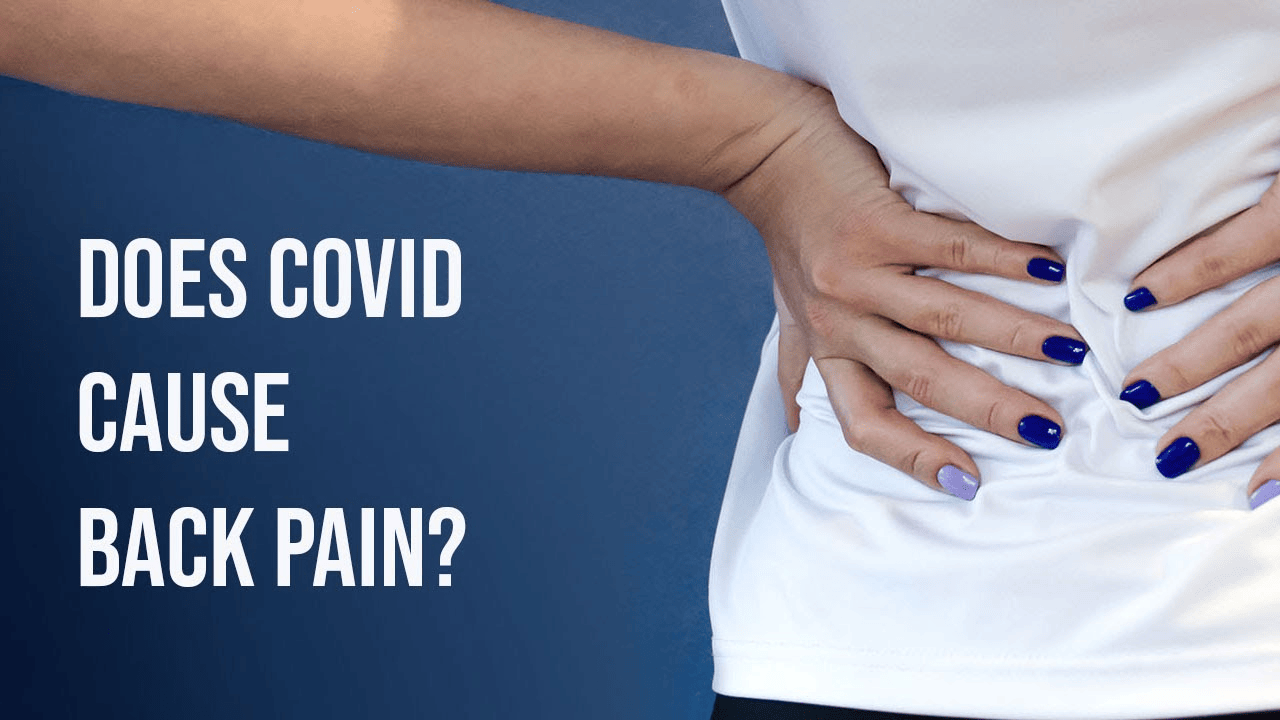COVID-19 Symptom: Back Pain
COVID-19 has been a global health concern since its emergence in late 2019. With its various symptoms ranging from mild to severe, back pain has emerged as one of the lesser-known but significant manifestations of the disease. Understanding the dynamics of COVID-related Backache is crucial for timely diagnosis and management.
Does COVID cause back pain?
The correlation between COVID-19 and back pain has been a subject of investigation since the early stages of the pandemic. While respiratory symptoms like cough and shortness of breath dominate the clinical presentation of Coronavirus, studies have increasingly recognized Backache as a potential symptom of the disease.
Research suggests that Coronavirus can indeed cause back pain in affected individuals. A study published in the Journal of General Internal Medicine found that approximately 15% of COVID-19 patients reported experiencing back pain as one of their symptoms. Furthermore, the severity of back pain varied among patients, with some experiencing mild discomfort while others reported intense pain interfering with daily activities.
The exact mechanism by which COVID-19 induces back pain is not fully understood. However, several hypotheses have been proposed. One theory suggests that the virus may directly affect the nerves surrounding the spine, leading to inflammation and subsequent pain. Another possibility is the indirect effect of Coronavirus on the musculoskeletal system, resulting in muscle aches and tension that manifest as back pain.
What does Coronavirus back pain feel like?
COVID-related back pain can present in various ways, depending on the individual and the severity of the infection. Common descriptions include:
- Dull or achy sensation in the lower back
- Sharp, stabbing pain that may radiate to the hips or legs
- Persistent discomfort exacerbated by movement or certain positions
It’s essential to note that COVID-related back pain may differ from typical musculoskeletal issues in its association with other symptoms of the virus, such as fever, cough, and fatigue. This differentiation aids in the accurate diagnosis of Coronavirus, especially in individuals presenting with atypical symptoms.
How long does COVID back pain last?
The duration of back pain in Coronavirus patients varies widely and depends on several factors, including the individual’s overall health, the severity of the infection, and any underlying medical conditions. For some individuals, Backache may resolve relatively quickly as the body fights off the virus. In contrast, others may experience prolonged discomfort that persists beyond the acute phase of the illness.
Generally, COVID-related back pain tends to improve as the viral infection resolves. However, in some cases, especially those with severe or long-lasting symptoms, back pain may persist for weeks or even months after recovery from Coronavirus. Persistent Backache warrants medical evaluation to rule out other potential causes and initiate appropriate management strategies.
How to relieve COVID back pain
Managing back pain in Coronavirus patients requires a comprehensive approach that addresses both the symptoms and the underlying viral infection. Here are some strategies that may help alleviate COVID-related Backache:
- Rest and gentle movement: Balancing rest with gentle exercises and stretches can prevent stiffness and promote healing.
- Pain medication: Over-the-counter pain relievers such as acetaminophen or ibuprofen can help alleviate discomfort. However, it’s essential to consult a healthcare professional before taking any medication, especially for individuals with pre-existing medical conditions.
- Heat therapy: Applying heat packs or taking warm baths can soothe sore muscles and alleviate tension in the back.
- Physical therapy: A structured physical therapy program tailored to individual needs can improve mobility, strengthen muscles, and reduce pain.
- Medical interventions: In severe cases or when conservative measures fail to provide relief, healthcare providers may recommend interventions such as corticosteroid injections or nerve blocks to manage back pain effectively.
It’s crucial for individuals experiencing COVID-related back pain to consult a healthcare provider for personalized advice and treatment recommendations.
Wrapping up
Back pain is a recognized symptom of Coronavirus that can vary in severity and duration among affected individuals. Understanding the relationship between COVID-19 and Backache is essential for timely diagnosis and appropriate management. By recognizing the signs and symptoms of COVID-related back pain and implementing targeted interventions, healthcare providers and individuals alike can effectively address this aspect of the disease.
FAQs
FAQ 1: Is back pain a common symptom of COVID-19?
Yes, back pain has been reported as a symptom of Coronavirus in a significant number of cases, although it may not be as prevalent as respiratory symptoms like cough and fever.
FAQ 2: Can COVID-related back pain be severe?
COVID-related back pain can range from mild discomfort to severe, debilitating pain, depending on the individual and the severity of the infection.
FAQ 3: Are there specific risk factors for experiencing back pain with COVID-19?
While back pain can occur in anyone infected with Coronavirus, certain factors such as older age, pre-existing musculoskeletal conditions, and the presence of other symptoms may increase the likelihood of experiencing back pain.
FAQ 4: Should I seek medical attention for COVID-related back pain?
If you experience persistent or severe back pain, especially in conjunction with other symptoms of COVID-19, it’s advisable to consult a healthcare provider for evaluation and appropriate management.
FAQ 5: Can exercises help alleviate Coronavirus back pain?
Yes, gentle exercises and stretches tailored to your individual needs can help alleviate COVID-related back pain by improving mobility, strengthening muscles, and reducing tension.





